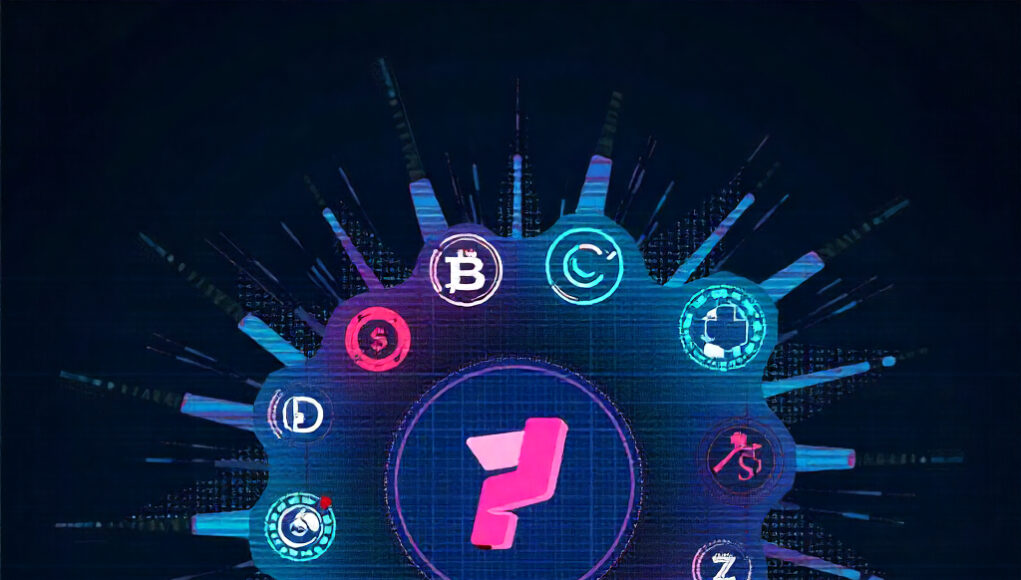When $1.7 million vanishes into the digital ether through Tornado Cash faster than you can say “smart contract vulnerability,” you know we’ve got another teaching moment in the wild west of decentralized finance. The recent Abracadabra Money hack isn’t just another line item in DeFi‘s growing list of security mishaps—it’s a masterclass in what happens when code meets reality and reality wins.
Abracadabra Money Hack Exposes DeFi Security Gaps
Picture this: security researchers are frantically pointing at flawed smart contract code like developers spotting a typo in production. Attackers waltzed right past solvency checks as if they were velvet ropes at an exclusive club. And just like that, the DeFi community is once again having that awkward conversation about security measures that we thought we’d nailed down.
The Abracadabra Money hack exposes DeFi security gaps that many platforms still struggle to address, despite years of similar incidents teaching us the same painful lessons. But here’s the thing—this isn’t just about pointing fingers and saying “should’ve audited better.” It’s about understanding why these vulnerabilities persist and what the broader ecosystem can actually do about it.
The Abracadabra Money Hack: When Magic Tricks Go Wrong
Let’s break down what actually happened at Abracadabra Money, because the devil (or in this case, the hacker) is definitely in the details. The platform fell victim to an exploit that leveraged weaknesses in their smart contract architecture—specifically, the kind of vulnerabilities that make security professionals wake up in cold sweats.
The attackers found a way to bypass solvency checks, which in normal-people terms means they convinced the system they had more collateral than they actually did. Think of it like writing yourself an IOU, then using that IOU as proof you have money, then borrowing against that “proof.” Except instead of your bank laughing you out of the building, the smart contract just… went along with it.
What makes this particularly frustrating is that these aren’t new attack vectors. We’ve seen similar exploits in the vulnerabilities in DeFi platforms before. The $1.7 million loss, while significant, represents something more concerning than the dollar amount—it’s proof that despite increased awareness, the implementation gap between knowing what to do and actually doing it remains Grand Canyon-wide.
Security researchers confirmed the exploit almost immediately, which is both impressive and slightly embarrassing. It’s like having a fire alarm that works perfectly while your house burns down. The community’s response has been predictably frantic: stress testing, emergency patches, and a whole lot of “we need better smart contract logic” conversations that sound remarkably similar to conversations we had after the last hack, and the one before that.
Why Regulatory Frameworks Might Actually Be the Hero We Need
Now, before you roll your eyes at the mention of regulation in the same breath as DeFi (I know, I know—decentralization and all that), hear me out. The Abracadabra Money hack exposes DeFi security gaps that voluntary best practices alone haven’t been able to close. Maybe it’s time we admit that a little structure isn’t the enemy of innovation.
A principles-based regulatory framework doesn’t have to mean stuffing DeFi into the same box as traditional finance. Instead, think of it as establishing guard rails on a mountain highway—you still get to drive fast and enjoy the view, but there’s something preventing you from careening off a cliff.
Here’s what smart regulation could actually look like in practice. First, mandated compliance features within DeFi protocols that specifically target market manipulation and cybercrime. These aren’t static rules carved in stone—they’re adaptive frameworks that evolve as threats emerge. Kind of like antivirus software that updates itself, except for entire financial systems.
Second, and this is crucial, partnerships between industry leaders and regulators to collaboratively create security measures. When regulators actually talk to the people building these systems instead of just regulating from a distance, you get standards that make sense in the real world. Revolutionary concept, I know.
Regular audits and bug bounty programs should be mandatory, not optional. White-hat hackers are out there ready to find vulnerabilities before the black-hat variety does, but they need incentives. Make it more profitable to report bugs than exploit them, and suddenly your security model looks a lot more robust.
AI and real-time monitoring tools need to become standard infrastructure, not luxury add-ons. Unusual transaction patterns should trigger alerts before they become headlines. We have the technology—we just need to actually implement it consistently across platforms.
Finally, applying basic AML/CFT standards using industry-known technology isn’t surrendering DeFi’s soul—it’s acknowledging that financial crimes are still crimes, even when they happen on a blockchain. Tornado Cash might be technically impressive, but when it becomes the go-to money laundering service for every DeFi hack, we’ve got a problem that needs addressing.
Governance Improvements That Actually Matter
Let’s talk governance, because this is where theory meets practice and often trips over its own shoelaces. The Abracadabra incident highlighted what happens when governance frameworks have more holes than Swiss cheese. Smart contract vulnerabilities don’t exist in a vacuum—they’re often symptoms of governance failures.
Urgent, regular audits need to happen pre-deployment, not as an afterthought when someone notices funds are missing. Bug bounty programs should be as standard as having a website. If you’re launching a DeFi platform without these basics, you’re essentially driving without insurance and hoping for the best.
Role-based access protocols sound boring until you realize they’re what prevent junior developers from accidentally (or intentionally) executing functions that move millions of dollars. Establish clear hierarchies for who gets to do what, and suddenly your attack surface shrinks considerably.
Timelocks and multisig wallets for significant governance operations add friction, yes, but it’s the good kind of friction. It’s the difference between a hacker needing to compromise one key versus needing to compromise multiple keys held by different people in different locations. Math is on your side here.
Balanced voting mechanisms prevent governance attacks where someone accumulates enough tokens to unilaterally make decisions. Democracy isn’t just for nation-states—it works pretty well for preventing DeFi platforms from becoming dictatorships too.
Continued monitoring of smart contracts after deployment is non-negotiable. Code doesn’t age like fine wine—it ages like milk. What was secure six months ago might have new vulnerabilities today. Treat your smart contracts like living systems that need constant attention, because that’s exactly what they are.
The bottom line? These practices create accountability and transparency, which sound like buzzwords until you’re the user trying to figure out where your funds went. Trust isn’t built through marketing—it’s built through consistent, demonstrable security practices that actually work when tested by reality.
For fintech startups watching this unfold, the lessons are crystal clear. Proper state tracking isn’t optional—stale collateral accounting is exactly how attackers exploited Abracadabra. Solvency checks need to be thorough and happen at every critical juncture. Decentralized custody methodologies distribute risk instead of concentrating it in single points of failure.
And perhaps most importantly, have a crisis communication plan ready before you need it. How you handle a breach matters almost as much as preventing one in the first place. Users deserve transparency, not radio silence followed by vague reassurances.
The DeFi security playbook isn’t rocket science—it’s discipline. Regular vetted security assessments, multisig wallets, hardware wallet allocations for significant funds, flash loan attack mitigation, automated token approval management, multi-factor authentication, and user education. None of these are revolutionary. They’re all available right now. The question isn’t whether these practices work—it’s whether platforms will actually implement them before the next hack, not after.





